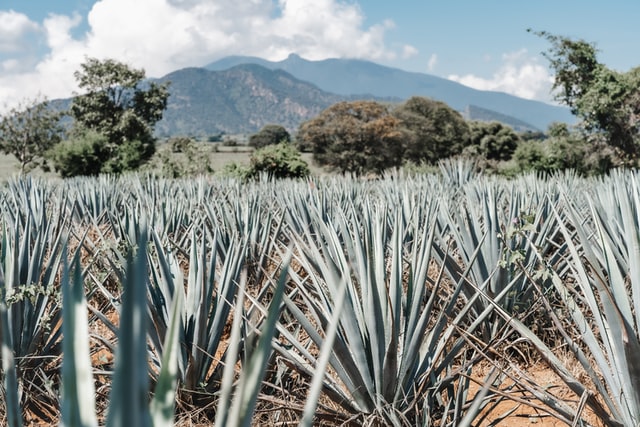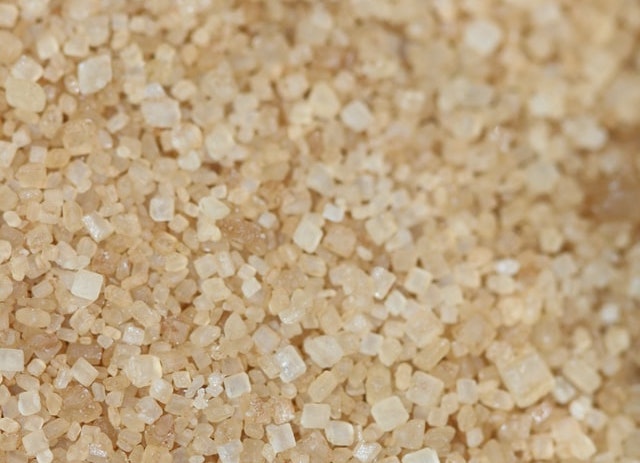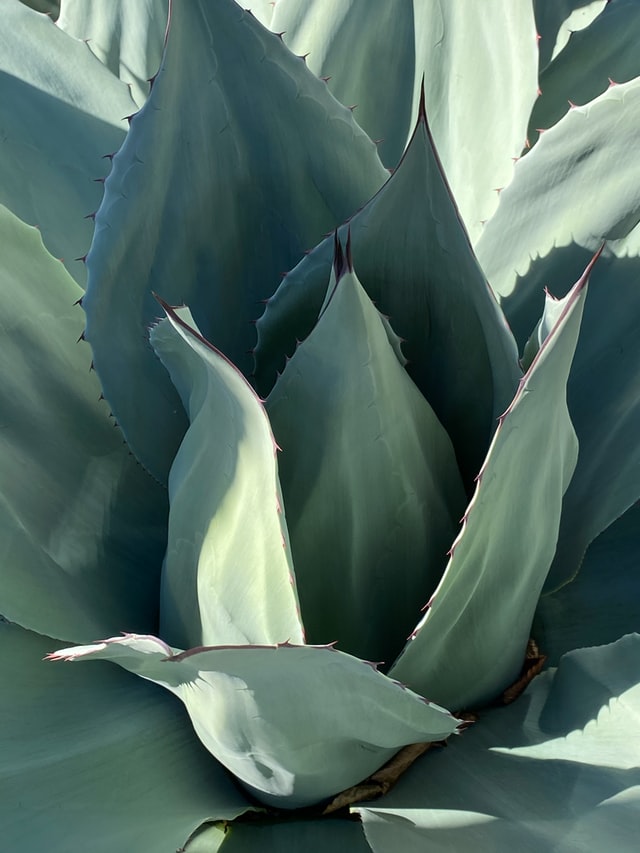

Tequila Origins
The history of tequila is impossible to unpick from the history of Mexico and its people.
Indigenous Aztecs revered agave and its multitude of applications so much that they worshipped the plant as the earthly manifestation of the cosmic goddess known as Mayahuel. Mayahuel was a fertility deity who conveniently fed each of her 400 sons from one of her 400 breasts. In veneration of Mayahuel, Aztecs fermented agave to produce a ceremonial wine called pulque which is still enjoyed today.
Whizz through the years to 1519 and we come to the arrival of ruff-wearing Spanish conqueror Hernán Cortes. His distaste for pulque led to the introduction of rudimentary distillation which in turn brought “vino de mezcal” or what can be considered the first proto-tequilas.
Jump forward again and we come to the town of Tequila, which became noted for the quality of its agave wines. By the time of the mid-1700s, a formal industry was thriving in Tequila town. By 1902 tequila had finally earned an official definition, which separated it from other agave distillates such as mezcal and sotol.
What Is Tequila?
Take the Aztecs' fermented agave, add Hernán Cortes' distillation and you pretty much have tequila, the distilled spirit made from agave’s cooked and fermented juices.
These days, to be recognised as a tequila, nothing but the blue Weber agave can be added prior to fermentation and the distillate must be bottled within its production region. This is the important distinction that separates tequila from mezcal and other agave spirits.
There are two main classifications of tequila, 100% agave and mixto which we explore below.
Tequila Categories
The bewitching aspect of young tequila is its unabashed vibrance. It is the essence of agave and the ancient landscape of Mexico. As tequilas age in barrels, the interplay between those verdant green notes and the mellowing effects of vanillins and tannins become more apparent and coalesce to create something entirely different.
Learn about the categories of tequila and which ones might be a match for you.
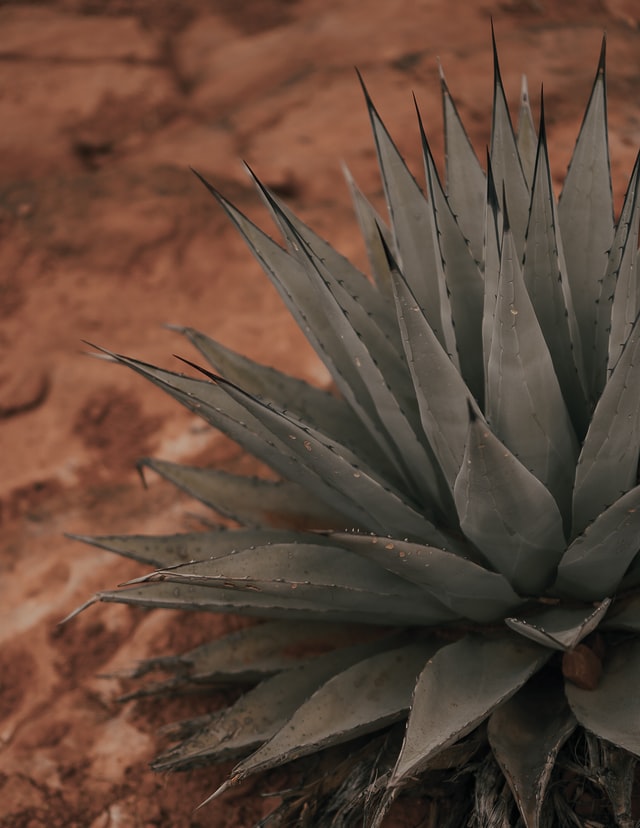
Blanco
Blanco tequila, also known as silver or plato tequila, is an unaged tequila.
This tequila is sometimes aged in oak (but for no more than 60 days) and often rested in stainless steel tanks. This allows oxidisation, the development of flavour compounds and can change the colour of the usually transparent liquid.
Due to the amount of time it takes an agave to reach maturity compared to the amount of time blanco tequila is aged for, it’s a joke amongst tequila lovers to say that blancos are aged in the ground, rather than the barrel.
More importantly, those tequila lovers will also tell you that blanco is the best way to taste the true essence of the spirit.

Joven
Joven tequilas are somewhat contentious and can be one of two things:
1. Unaged and aged tequilas blended together
2. Unaged tequilas with caramel and other additives added to simulate ageing
Jovens are fine. They’re often muddied by bad production, but can occasionally strike an interesting dialogue between traditionally accepted flavour profiles of young and aged tequilas.
This causes grumbles amongst purists and is partially justified if you're at risk of paying exorbitantly high prices. When this is the case, opt for reposados or añejos.
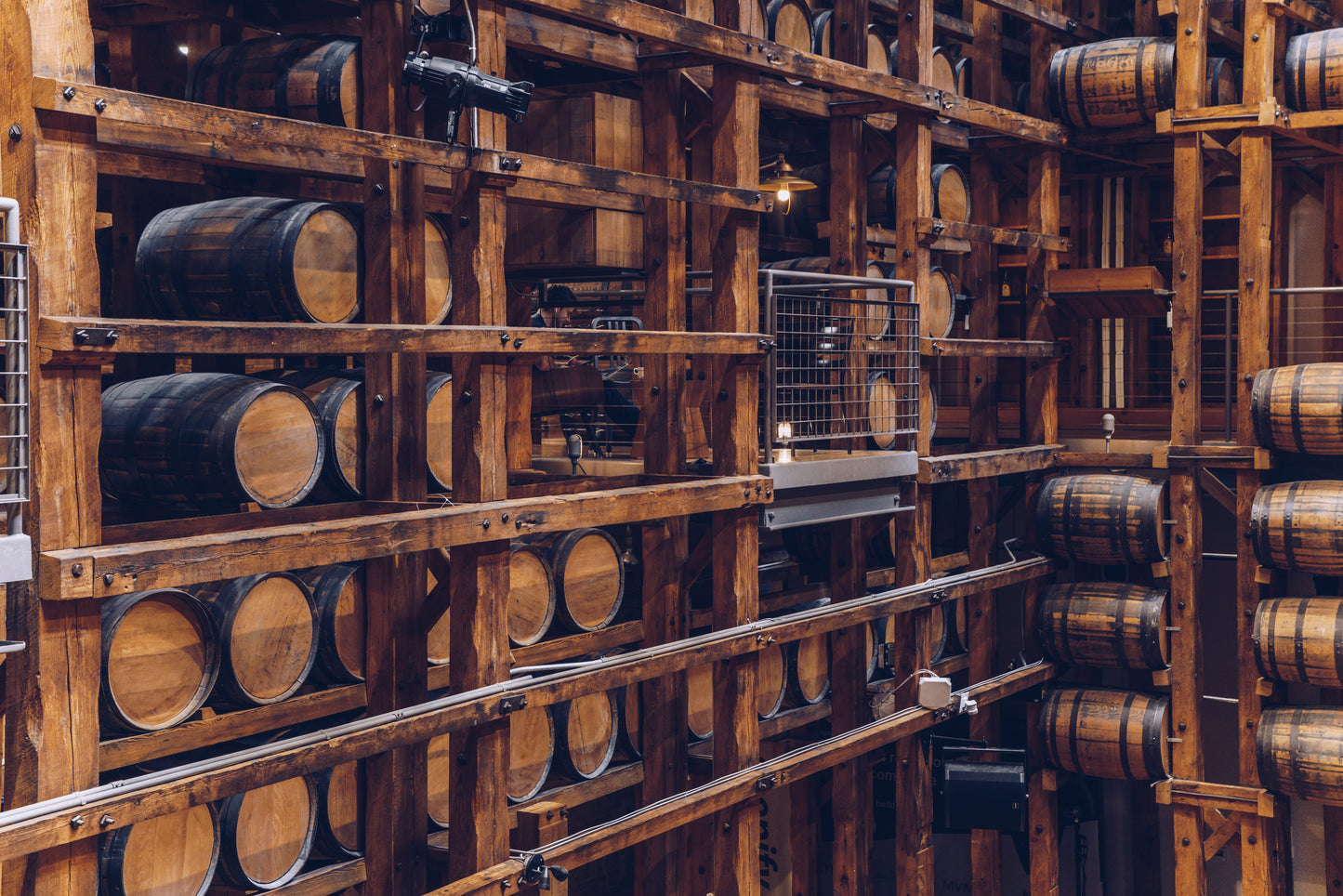
Reposado
Reposado translates as “rested” and there’s an entire spectrum of what you can expect a reposado tequila to be. Legally, it must be matured in oak or holm oak casks for a minimum of 60 days.
Confusingly, the size of the casks required is unspecified and this gives some variance on interpretation from producers which can impact the tequila. For example, some producers use very large casks which will have little effect compared to, say, small ex-bourbon casks.
Caramel and additives may therefore be added to bolster the finished product. Other producers concerned with producing quality products work with smaller casks and often age for considerably longer than 60 days.
A good reposado should be a marriage of light, vibrant flavours underpinned with the vanillins and more matured woodier notes associated with barrel ageing.
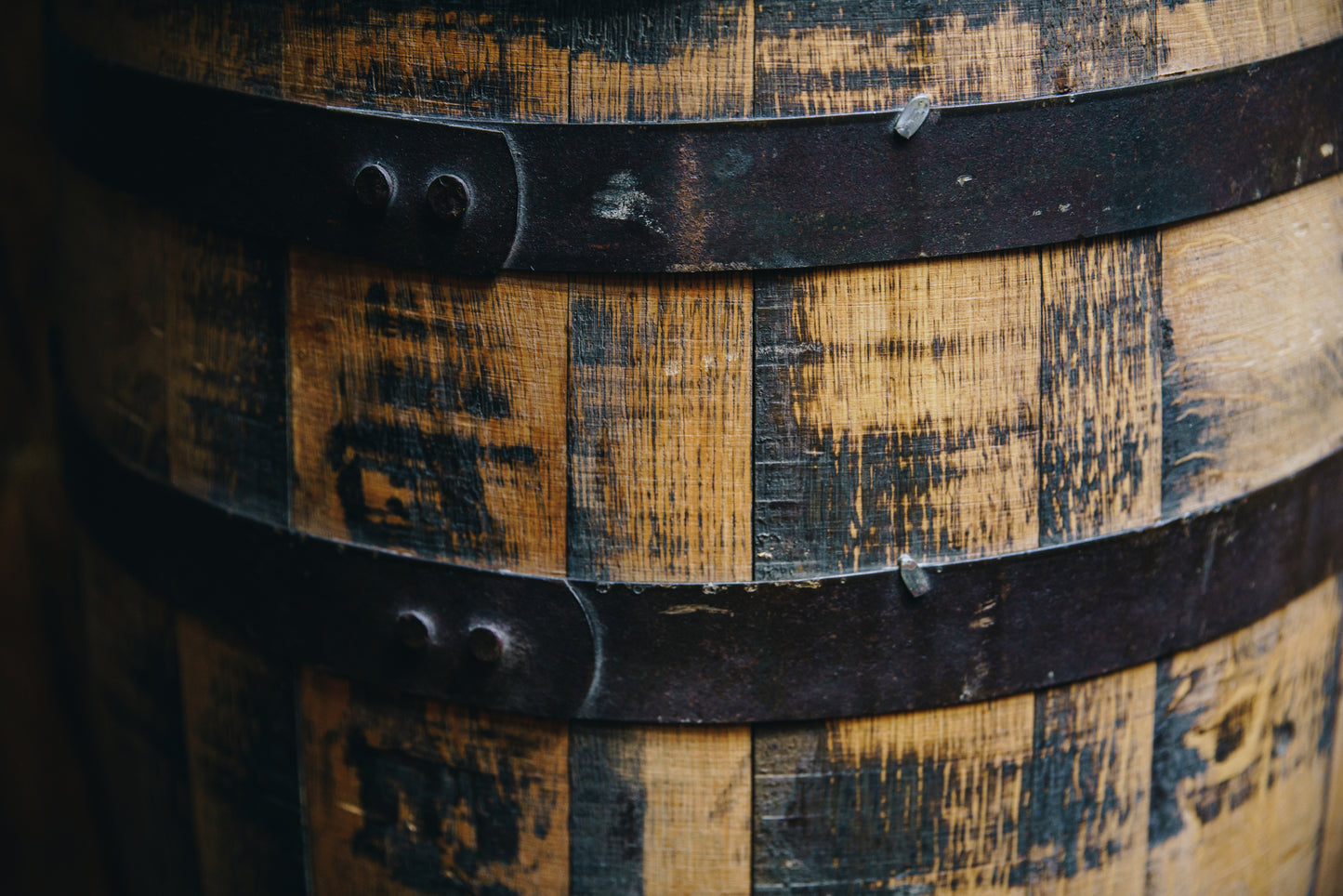
Añejo
Añejo literally means “old” and begins to move into a more traditional understanding of aged spirits akin to whisky and cognac.
Añejos tend to be a balancing act between the conventional flavour associated with young tequila and the intensity of wood. This is where the agave and the barrel form a double act and at their pristine best harmonise beautifully with neither ever drowning the other out.
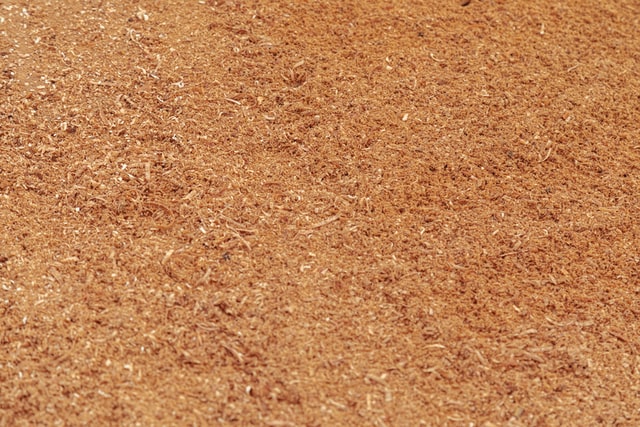
Extra Añejo
Older than añejos, expect big prices and lots and lots of wood from extra añejos.
Depending on their age, extra añejos start to move away from agave and into the recesses of barrel maturation. As a result, they’re certainly not the flag bearer for the best tequilas, but they can be marginally interesting at times with notes of vanilla. However, they often run the risk of tasting like overmatured sawdust.

Cristalino
Cristalinos are aged tequilas that have been redistilled or filtered (often with charcoal) to remove colourants imparted by the interaction with wood during maturation.
There’s some debate whether the method of rectification is detrimental to the finished liquid, yet cristalinos do offer a unique drinking experience. See them as a midway point between reposado and blanco, bringing a clear and more linear representation of aged tequilas.
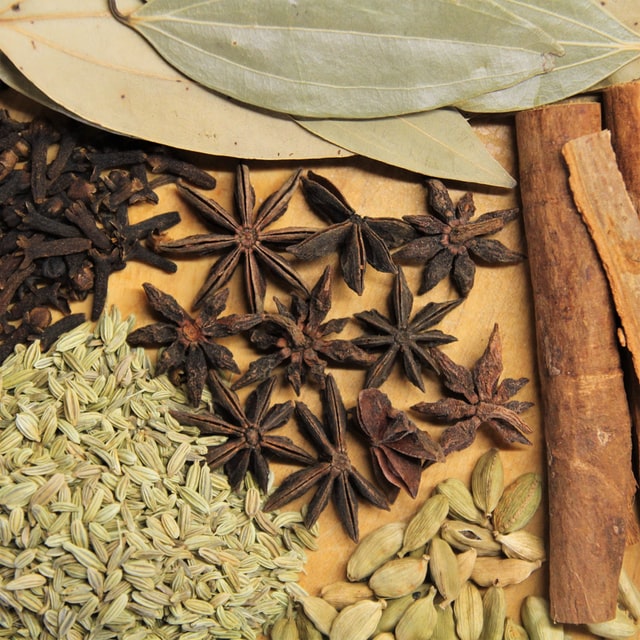
Curados
With the realisation of any latent success story in booze comes the inevitable flavoured variant. However, curados are nothing if not fun. It’s hard to really hone in on one particular flavour note considering they can be whatever they choose. Like all other spirits, your discretion as the consumer is key.
Canonised in 2006, curados only requires a minimum of 25% agave spirit to be used. Meanwhile, 75% may come from corn or cane sugars and sweeteners. Colourings and flavourings are also allowed in quantities up to 75ml per litre.
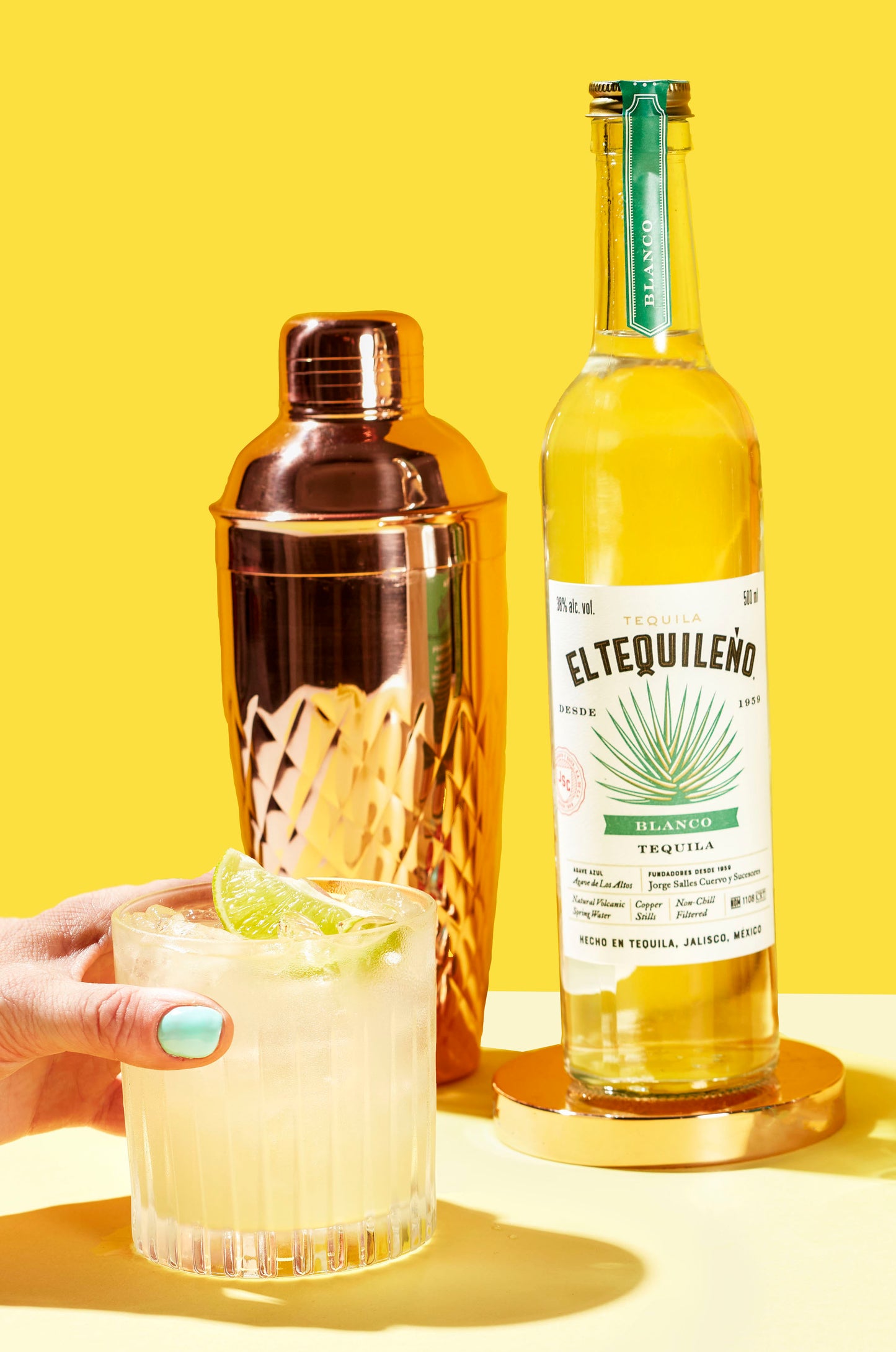
How Do You Drink It?
There are a number of ways to drink tequila.
Sipping it neat is a great way to grapple with the complexity of the category, especially if you want to deep dive into the effects of maturation. It's a natural bedfellow of barbecued food and is sublime in cocktails.
On that point, I think I can separate my life into two distinct phases, pre-margarita and post-margarita. I love them. The world loves them. They’re the USA’s No.1 cocktail outright. Rightly so. Margaritas are the proof in all of their uncomplicated glory that a little know-how can go a long way.
Go full salt rim, half salt rim, no salt, up or on the rocks. It’s a choose-your-own-adventure to flavour town.


